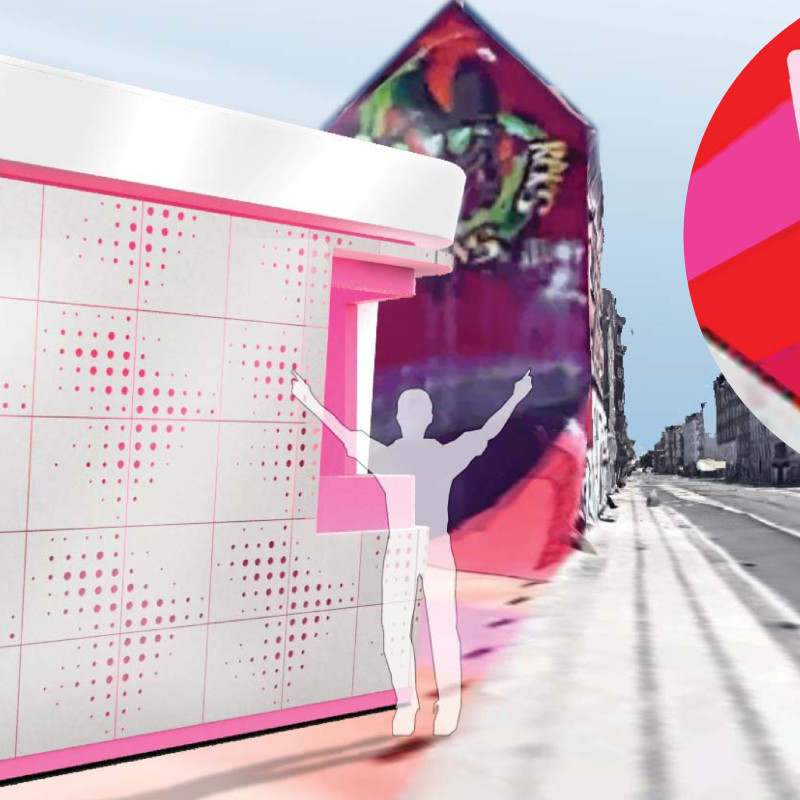5 key facts about this project
At its core, this architectural project is designed to address multiple functions, showcasing versatility while prioritizing user experience. The space accommodates [insert main functions, e.g., residential units, commercial areas, community spaces], allowing for a fluid interaction between various activities. By effectively merging these functions within the single structure, the design promotes a vibrant atmosphere that encourages social interaction and community engagement, making it a focal point for both residents and visitors.
One of the notable aspects of the design is its attention to materiality. The architects selected a range of materials to ensure durability and aesthetic value, including reinforced concrete, glazed glass, timber cladding, steel, and stone. Each material was chosen for its specific properties and its ability to create a cohesive design language. Reinforced concrete provides a strong structural backbone, while glazed glass facilitates an abundance of natural light, fostering an inviting environment. Timber cladding not only enhances thermal performance but also introduces warmth and texture to the facade, creating a sense of comfort and approachability. The strategic use of steel allows for flexibility in design, creating open and airy spaces. Stone elements tie the project back to its context, reflecting local architectural traditions while ensuring longevity.
The architectural design embraces a unique approach through its layered facade, which generates varied perceptions depending on the viewer's position. This thoughtful detailing creates dynamic visual experiences, allowing the building to appear different throughout the day as light interacts with its surfaces. Furthermore, the project incorporates sustainable features such as green roofs, which not only improve insulation but also contribute to biodiversity, and rainwater harvesting systems that minimize the demand on municipal water supplies. Solar panels are seamlessly integrated onto the roof, demonstrating a commitment to reducing the building's ecological footprint.
Another significant design element is the emphasis on community spaces within the project. The architects have thoughtfully integrated gardens, plazas, and atriums that encourage public access and interaction. These spaces are designed to foster gatherings and events, enhancing the social fabric of the neighborhood. The seamless transition between indoor and outdoor areas creates a sense of continuity, ultimately bridging personal and communal experiences.
Furthermore, the design also prioritizes accessibility and inclusivity. Thoughtful circulation paths allow for easy navigation throughout the structure, ensuring all areas are reachable for users of varying mobility levels. This inclusive approach underscores the project’s role as a community anchor, where all individuals feel welcomed and engaged.
In summary, this architectural project exemplifies a refined balance of functionality, sustainability, and aesthetic appeal within the urban landscape of [Geographical Location]. Its thoughtful design and use of materials, combined with an emphasis on community interaction, make it a standout contribution to the area. For those interested in exploring this architectural endeavor further, the project's presentation includes detailed architectural plans, architectural sections, and architectural designs that illustrate the various nuances and innovative ideas embedded in the project. Exploring these elements will provide deeper insights into the architectural vision and its community-oriented aspirations.


























